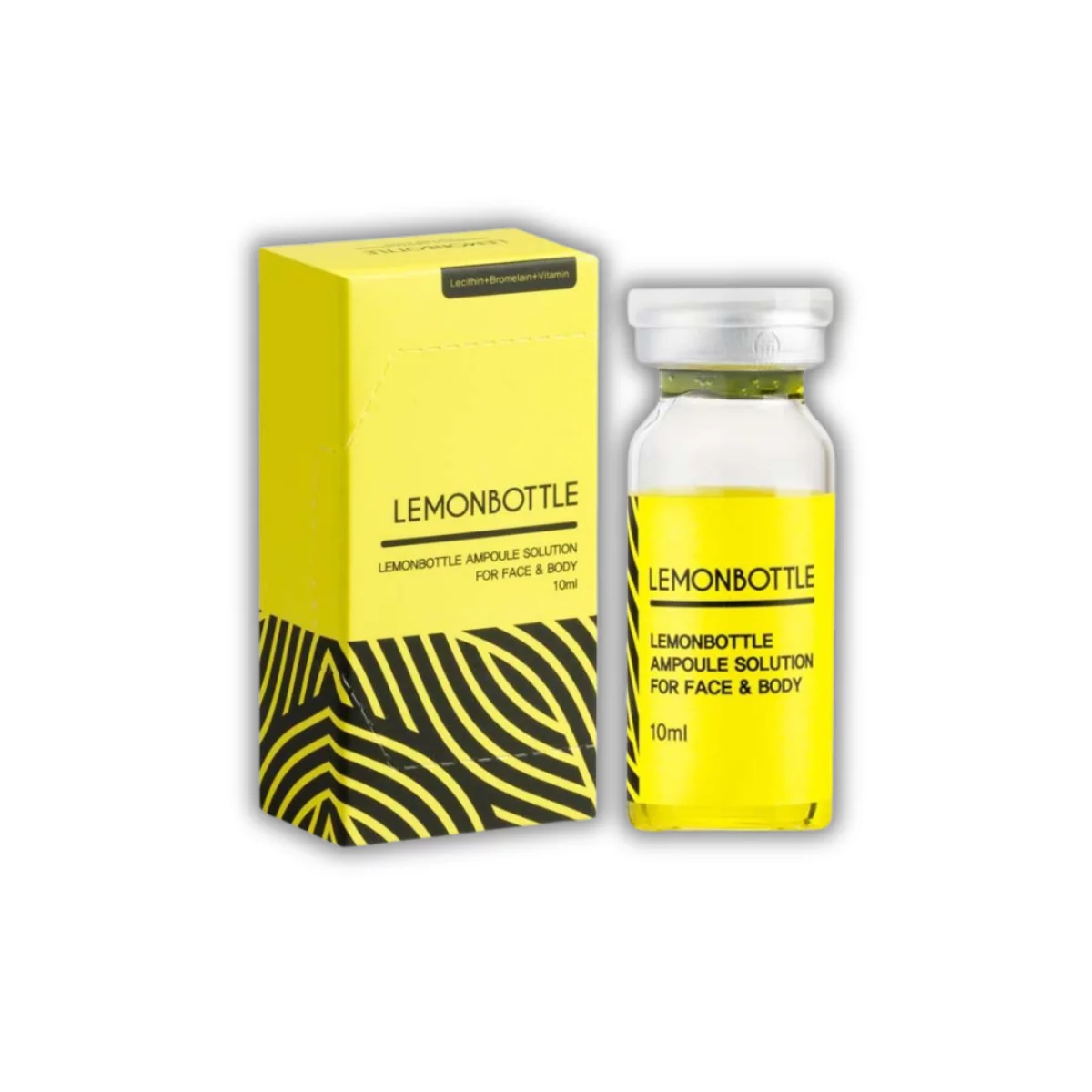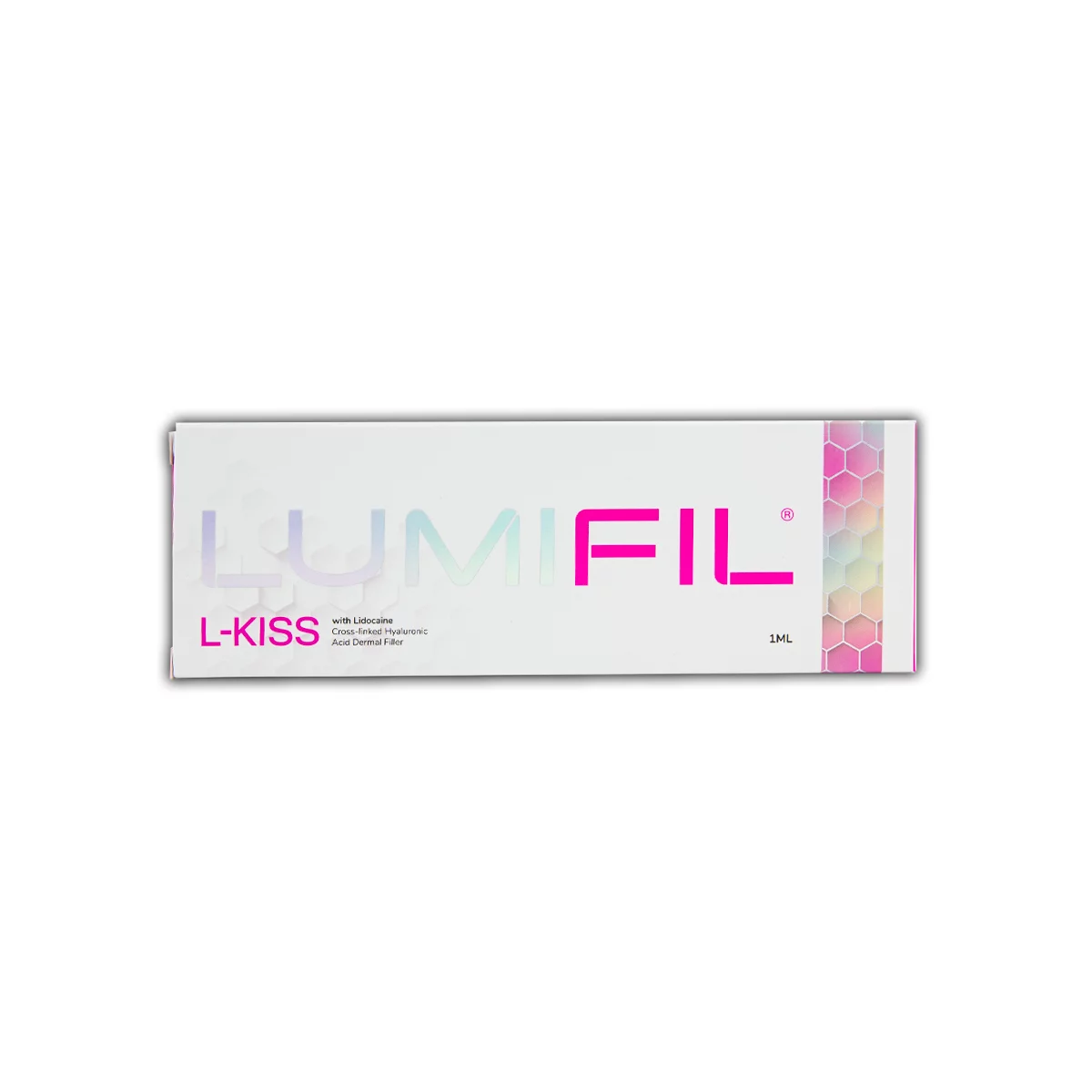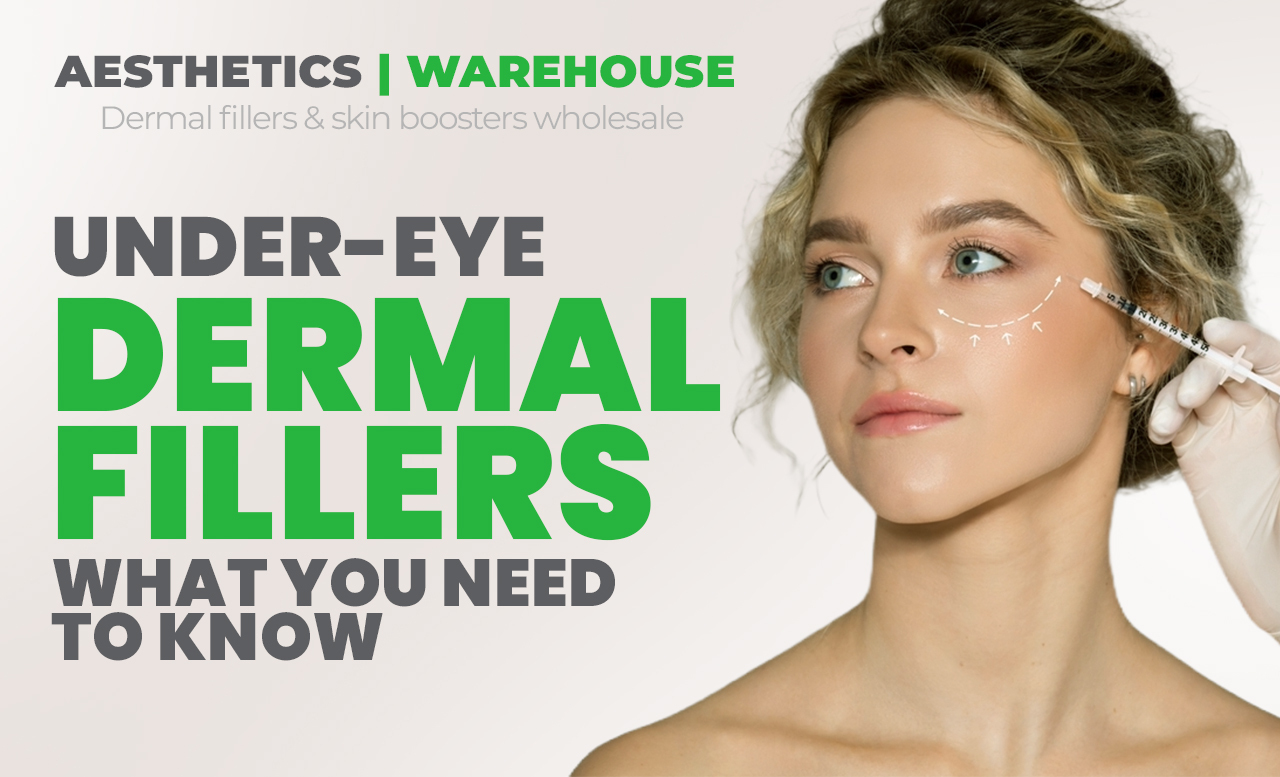Order by 3pm to Get Next Working Day Delivery
Save an extra 10%
-
HOT

Lemon Bottle ( 1 Vial )
£29.99 £24.99 ex. VAT -
HOT

Lumifil Kiss
£20.40 £17.00 ex. VAT



Are you tired of looking in the mirror and seeing dark circles or hollow areas under your eyes? Many people feel that these under-eye concerns make them look tired or older than they are. While good sleep and eye creams can help, sometimes they are not enough.
That’s where under-eye dermal fillers come in. These treatments have become increasingly popular because they offer a non-surgical way to refresh your appearance. Let’s know more about under-eye fillers – from what they are and how they work to what you can expect during and after treatment. This information will help you understand if this procedure is suitable for you.
Under-eye fillers are like tiny cushions that go beneath your skin. They’re specially designed to fill in hollow areas and smooth out the space under your eyes, helping you look more refreshed and well-rested.
The Main Ingredient: Hyaluronic Acid
Your body naturally makes hyaluronic acid, which keeps your skin plump and hydrated. Most under-eye fillers use a synthetic version of this same substance, which is why they typically work so well with your body.
The Treatment Time
Getting under-eye fillers is usually a quick process. Most treatments take 15-30 minutes, though you’ll want to plan for a full hour at the doctor’s office to include preparation time.
How Long They Last
Most people find their under-eye fillers last between 6 and 18 months. This varies from person to person, depending on age, lifestyle, and how quickly your body naturally processes the filler.
What They Can Fix
These fillers can help with several common concerns: dark circles caused by shadows from hollow areas, mild to moderate under-eye bags, and a tired look from volume loss.
Who Are the Ideal Candidates for an Under-eye Filler?
Not everyone is a perfect match for under-eye fillers, and that’s completely okay! Let’s talk about who might benefit most from this treatment.
Great Candidates Are:
Age Considerations: There’s no strict age requirement for under-eye fillers. Some people might need them in their late 20s, while others might not consider them until their 40s or 50s. It’s more about your facial structure and ageing pattern than your age.
Many people feel more comfortable knowing what to expect, so here’s a step-by-step breakdown of the whole experience, from start to finish.
Meeting: Your journey starts with a thorough chat with your provider. They’ll examine your face, discuss your concerns, and discuss your medical history. This is your time to ask questions and share what bothers you about your under-eye area.
Photos and Marking: Your provider will take “before” pictures and make small marks under your eyes. These marks are like a roadmap, helping them place the filler in the right spots for the best results.
The Numbing Process: The under-eye area is very sensitive, so most providers use numbing cream and ice packs. Some fillers also contain a numbing medication, which helps make the whole process more comfortable.
The Treatment ItselfYour provider will inject small amounts of filler using either a tiny needle or a blunt-tipped cannula. You might feel some pressure or a slight pinch, but it shouldn’t be painful.
The Finishing Touch: After the injections, your provider gently massages the area to ensure the filler is perfectly smooth. They might apply ice packs to help prevent swelling.
Why do so many people choose this treatment? While results can vary from person to person, here’s what most people experience:
Like other facial dermal fillers, under-eye fillers require some aftercare. Here’s what happens after your treatment and how to care for yourself for the best results.
Right After Treatment: You can go home or back to work right after getting fillers, but you’ll notice some swelling and maybe a bit of redness.
The First 24 Hours: Apply cold packs for 10 minutes every hour while awake to help reduce swelling. As there is a proper way to sleep after dermal fillers, you also need some care after getting eye fillers. Sleep with your head on an extra pillow to help minimise morning puffiness.
What’s Normal and What’s Not
Some bruising, swelling, and tenderness are normal and might last 3-7 days. However, if you experience severe pain, unusual discolouration, or changes in your vision, call your provider immediately.
Temporary Changes to Your Routine
Skip your heavy workouts for about 48 hours after treatment. Your provider will also ask you to avoid rubbing or massaging the area unless specifically instructed, as this could move the filler around.
Skincare Adjustments
Keep your skincare simple for the first few days – gentle cleansing and moisturising. Save your retinol, acids, and other strong products for later, usually after 3-5 days or when your provider says it’s okay.
Follow-Up Care
Your provider might want to see you for a check-up about two weeks after your treatment. This is normal and helps ensure everything has adequately healed. They can also add more filler if needed for the best results.
While most people have a smooth under-eye filler experience, it’s important to know what could potentially happen:
Common and Temporary Side Effects:
Less Common But More Serious Risks:
When To Call Doctor?
You may Also Like To Read: What Is Lumi Eyes?
Under-eye fillers can be a great option if you’re looking to refresh your look without surgery. While not a permanent fix, they offer a reliable way to address hollow or tired-looking under-eyes with less downtime. As with any medical aesthetic procedure, under-eye fillers offer potential benefits but also carry inherent risks., so it’s important to choose a skilled aesthetician. Take time to research, ask plenty of questions during your consultation, and ensure you’re comfortable with the procedure.
Before undergoing under-eye fillers, it’s important to consult with a qualified healthcare provider to discuss your goals. They will check your suitability and explain the procedure, potential risks, and recovery process.